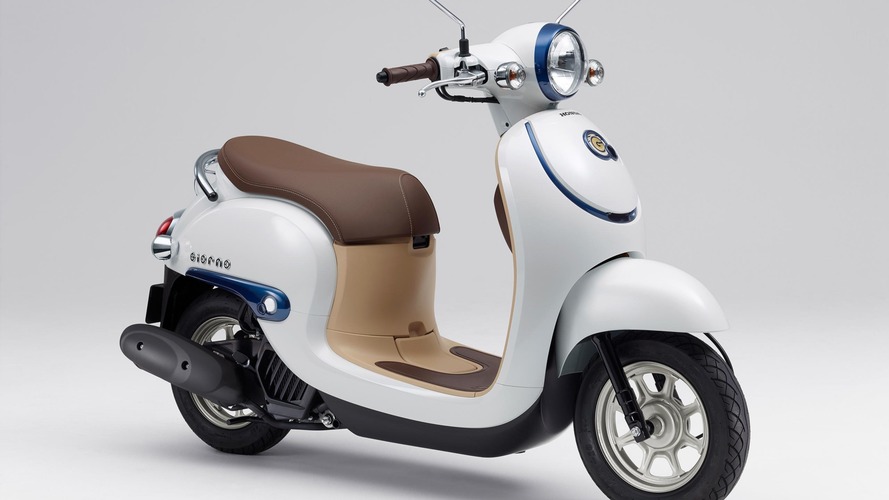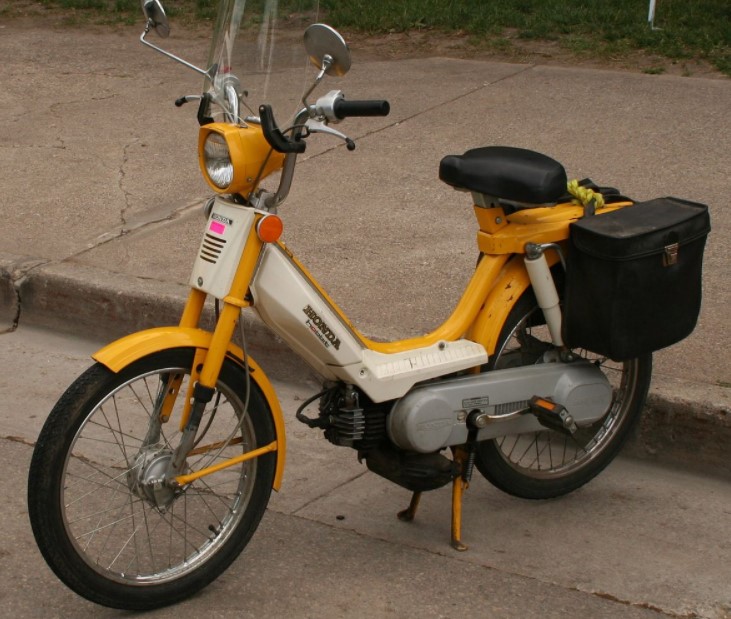If you do not prefer a car or you’re thinking of alternative transportation for commuting, you may have thought of getting a moped or a scooter. Aesthetically, the two are somewhat different; however, have you ever wondered what other features differentiate them?
In a nutshell, a scooter is an often low to moderate power motorcycle with a footrest platform and a step-through chassis, while a moped is a bicycle-type motorbike with a low-powered engine (always less than 50CC) and push pedals.
We will analyze a moped and a scooter’s main features to help you make an appropriate decision that suits your riding needs.
What Is a Scooter?
A scooter is a two-wheeled vehicle that is almost as popular as a motorcycle. It has a footrest platform and a step-through chassis. Scooters made their debut in the early 1900s and are increasingly gaining popularity, especially among people looking for an alternative mode of transportation.
The two-wheeled vehicles are powered by a relatively small engine, with a displacement of between 50cc to 250cc. Although a scooter’s engine is small, it provides all the needed propulsion. They rely on an electrical charging system to power the ignition system, lights and replenish their batteries. Scooters operate on relatively small ten-inch wheels.

Although most scooters’ engine capacity ranges between 50cc to 250 ccs, some western markets have been able to manufacture scooters with an engine capacity of up to 850cc. However, these are still not classified as motorcycles because of their step-through chassis design.
What Is a Moped?
A moped is a two-wheeled vehicle or a bicycle-type vehicle that has a low-powered engine and pedals. The term motor-pedal or moped resulted from the pedals, which are similar to those used by bicycle riders to thrust the vehicle and start the helper motor.
The engine capacity of a moped is less than 50cc, and its maximum speed is 28mph. The engine exists to help the rider during pedaling and offer a portion of the required power. While mopeds have a basic electrical system, most can still be ridden using the pedals only.
Some states have defined mopeds based on their engines’ size, while others have classified them based on their maximum speed. Most states have classified it as a two-wheeled vehicle with a 50cc maximum engine capacity and a top speed of 28 to 30mph.

Which Is Faster Between a Moped and a Scooter?
A scooter offers higher speeds and lower gas mileage, and its speed will vary based on its engine size. For instance, a 150cc scooter has a speed of 60 mph, while a 250cc scooter can go as high as 75 mph. On the other hand, a moped’s maximum speed ranges between 28 to 30mph.
Are Mopeds Street Legal?
If getting a moped has been on your bucket list, you should go ahead and get it because they are street legal. A moped is street-legal on all existing public roads except highways. You can only drive a motor vehicle with at least a five-brake horsepower (BHP) on a highway or an interstate. Mopeds are limited to 2 brake horsepower.
Mopeds cannot go on sidewalks if their engines are running. Since a moped is classified as a motor vehicle, you will still have to comply with the rules that apply when operating motor vehicles.
How Old Do You Have to Be to Ride a Moped or a Scooter?
Every state has different requirements regarding protective gear, riding conditions, and licenses needed. Several states require you to have a motor vehicle license endorsement before riding a moped. Therefore, you have to be at least 15 or 16 years to ride one.
Scooters adhere to the same rules as motorcycles. You have to be at least 14 years to ride one, although some states have put 16 years as the legal riding age. Additionally, it would help if you had a motorcycle endorsement, suitable riding gear, including a helmet, and motorcycle insurance before riding a scooter.
The decision on whether you should get a moped or a scooter is entirely up to you. It all boils down to your needs, including the speed requirements for your daily commute.
